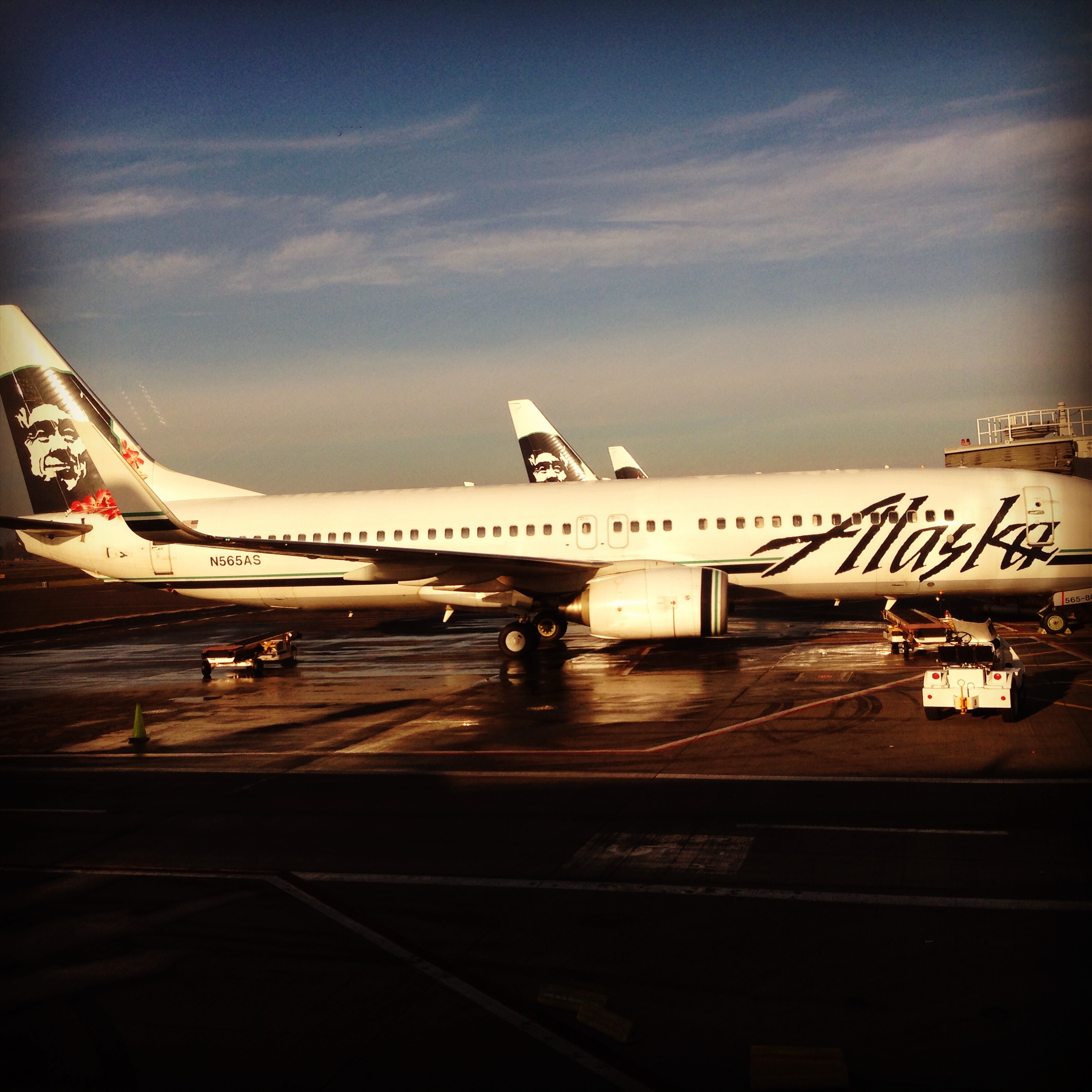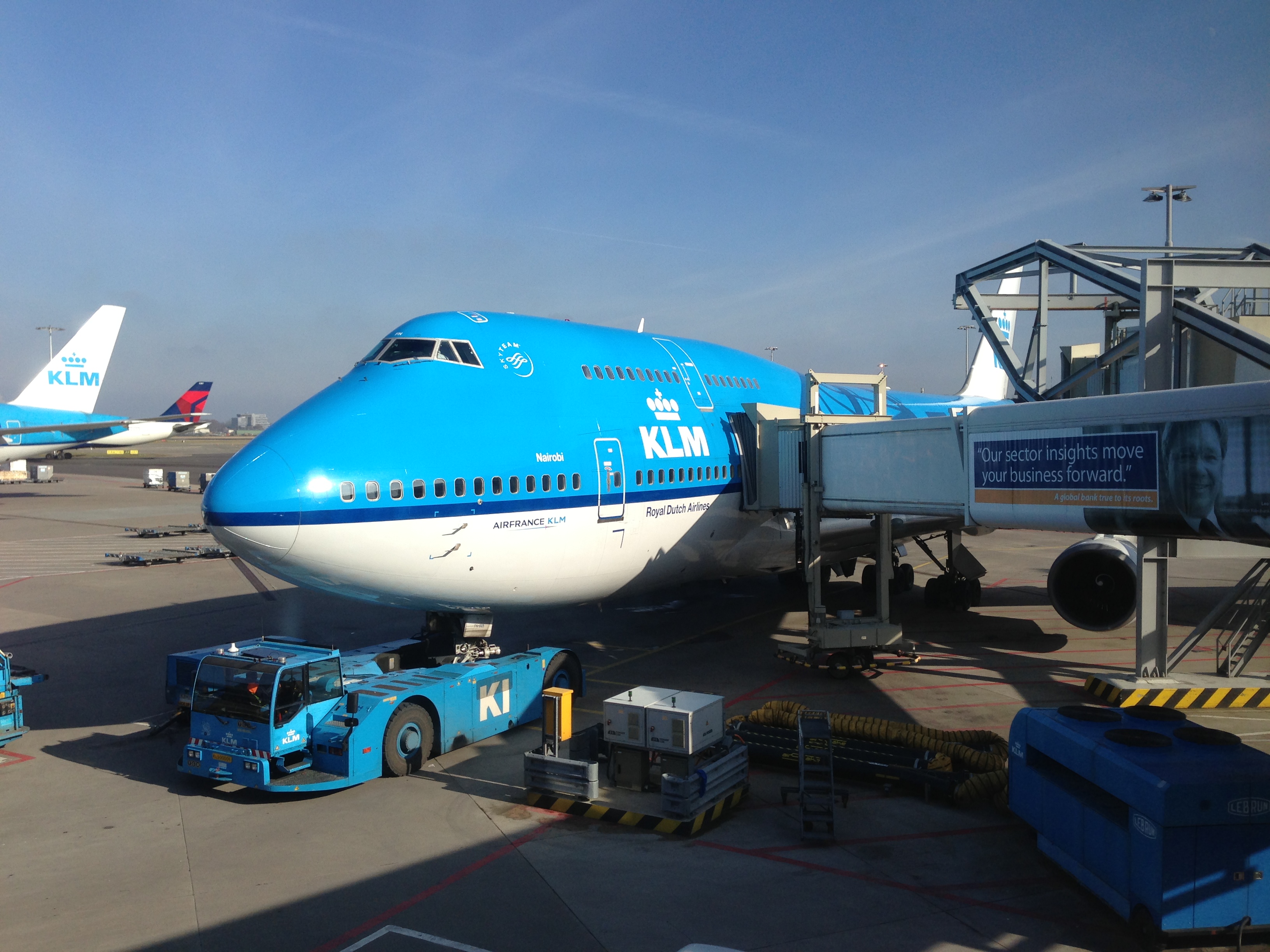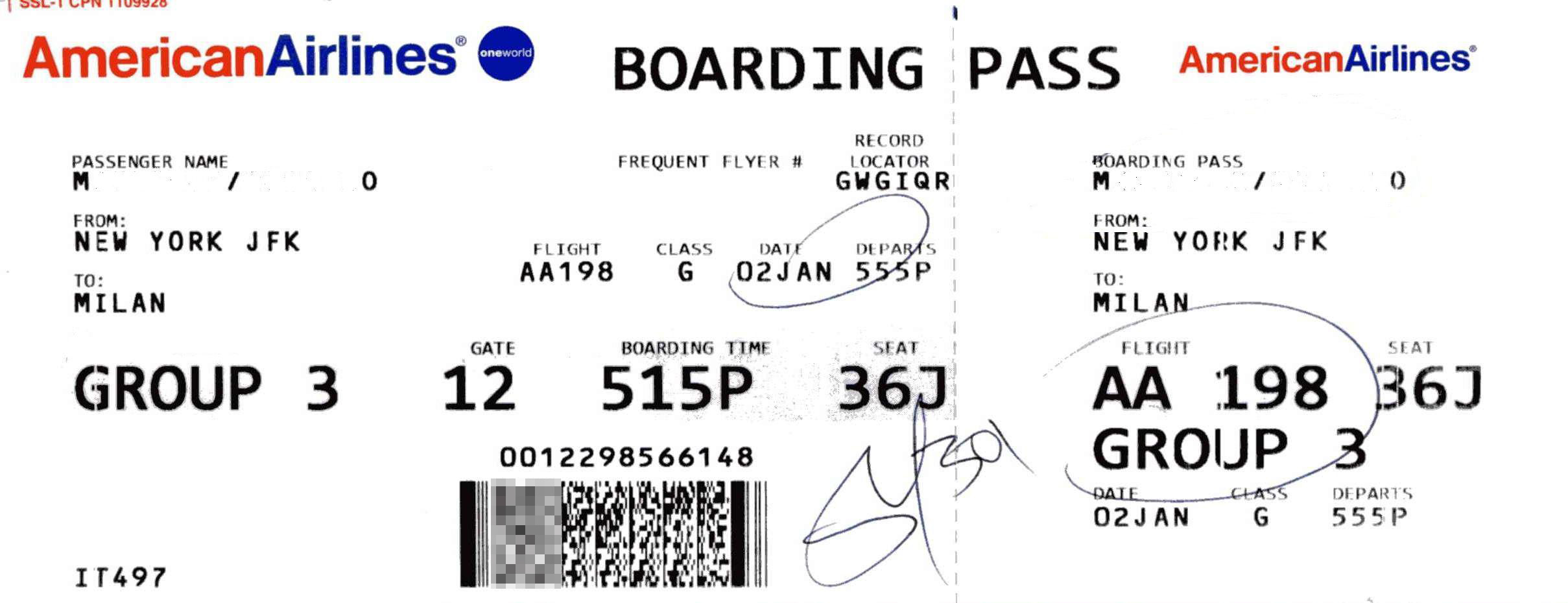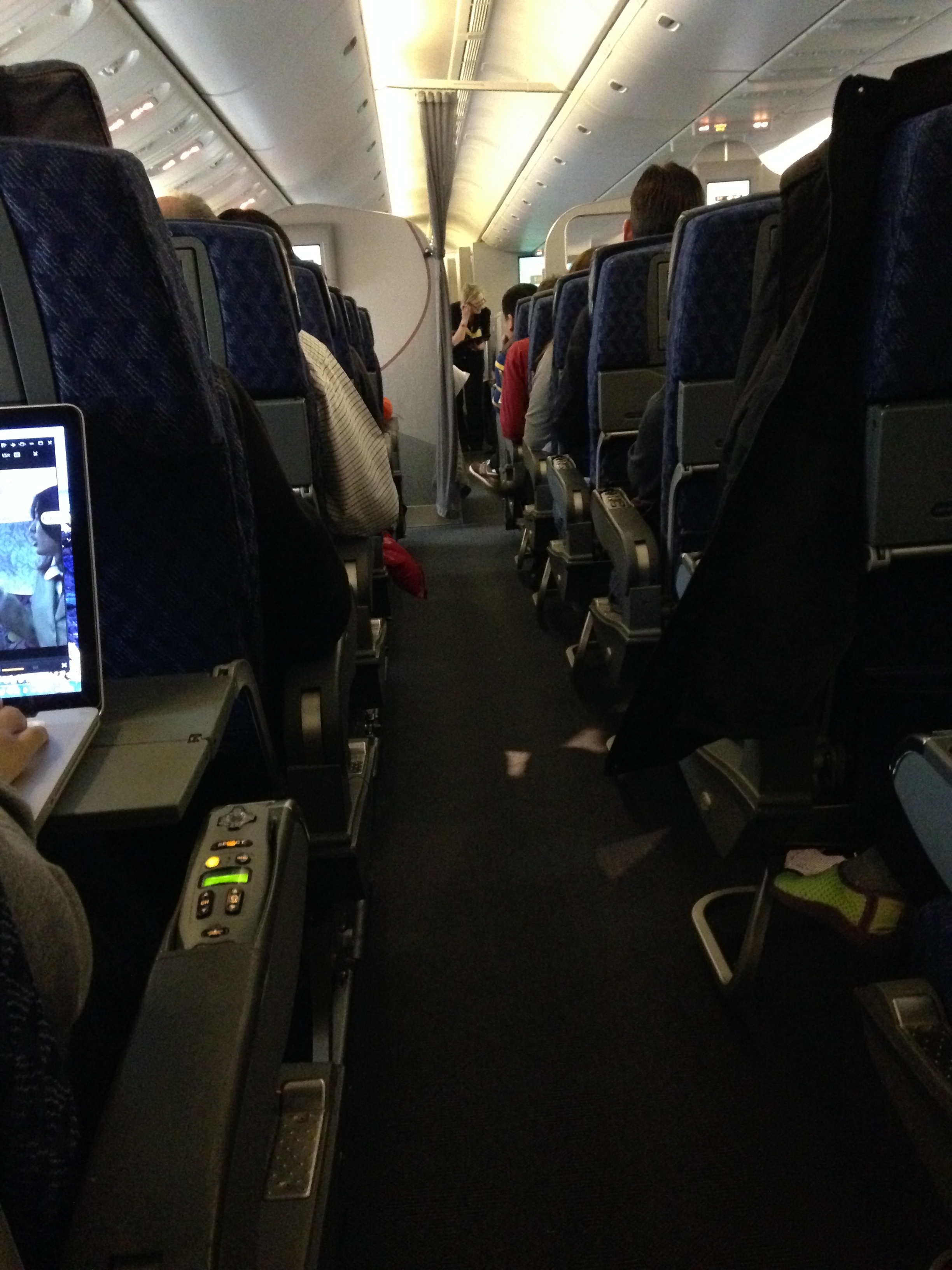Could You Turn off the Seatbelt Sign? Just Once? Please?
Sorry, this is going to come as a bit of a rant. When flying in the U.S. I’m sure most frequent flyers have noticed the conservative nature of pilots towards how they handle the seatbelt sign on their flights compared to international carriers. Today, it just went to a whole new level for me.
Background
I was on a US Airways flight in first class from Charlotte to Seattle today. We left about 45 minutes late due to mechanical issues, sitting at the gate waiting for maintenance to finish up. Once in the air it was pretty bumpy for the first 30 minutes of the flight, but not severe. Then it smoothed out just as 95% of my flights do.
But the seatbelt sign remained on.
At 2 hours into the flight, the seatbelt sign was still on. At this point, people were just ignoring it and getting up to use the facilities, myself included.
At about the halfway mark through the flight, the captain and co-pilot actually had the gall to use the lavatory one after the other. But guess what? Seatbelt sign still illuminated.
It remained illuminated for the entire 5 hour 15 minute flight, and that’s just flight time. I’m not even talking about the 45 minutes we sat on the ground before we left the gate waiting for maintenance to finish up. It NEVER went off.
What’s the big deal?
My point is this: it’s about as dangerous to keep the seatbelt sign on indefinitely as it is to judiciously turn it off and have passengers up when turbulence is encountered. At some point people need to get up, it’s human nature. Everyone is not going to remain seated for almost 6 hours when they perceive calm air and stability around them. So if passengers are ignoring the seatbelt sign because the pilots refuse to turn it off, what happens when there really is a need to have it illuminated? Passengers will not take it seriously and ignore it, which can lead to a dangerous outcome.
All in all its just frustrating to hear the “we’re here primarily for your safety” speech when in fact what they are doing is putting passengers in a dangerous position by not accurately portraying the conditions inside the aircraft to those present outside.







Agree with you entirely, indeed it’s arguably more dangerous (long-term) to always keep the light on if it means people ignore it. U.S. carriers seem very conservative about this (maybe because of our tendency to sue at the drop of a hat), usually keeping the light on half an hour or longer after take off even when there’s no turbulence, presumably until reaching cruising altitude. And it doesn’t take much for the captain to turn the light back on. I’ve been on some European and Asian carriers where the light goes off pretty soon (like 5-10 mins) after wheels-up, and the threshold for turbulence that causes the captain to turn th light on seems higher. And some Chinese carriers keep the light on the whole time as happened during your flight. Seems like 15 mins or so after take-off should be a happy medium, realizing conditions will of course vary.
I am currently on a Delta flight from Vancouver to JFK and the seat belt sign finally went off after 2 1/2 hours. 45 seconds later it went back on due to one or two bumps and now it’s on for no reason again. Way too conservative, and this is coming from a private pilot. Granted, I don’t fly these big airplanes but c’mon, I get bounced around in a Piper Cherokee much more than these airliners and I’m just fine.
I had an FA yell at me once for using the bathroom. The seat belt sign was on for ~2hrs as well. I responded back in a not so nice way. When you gotta go, you gotta go!